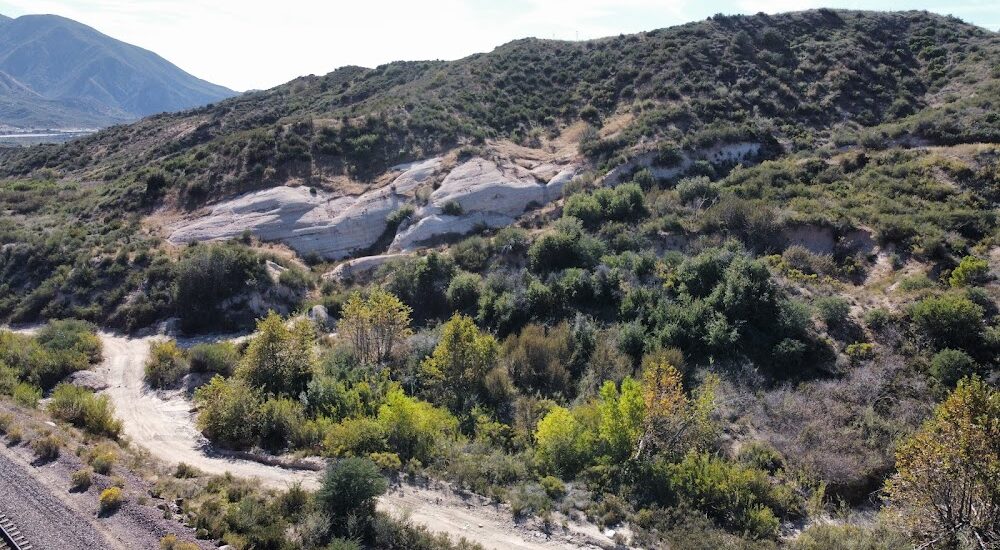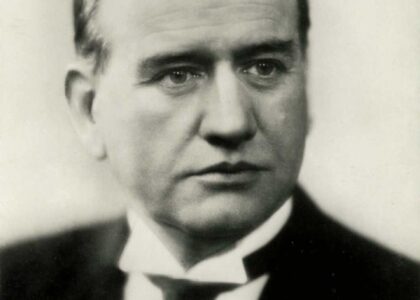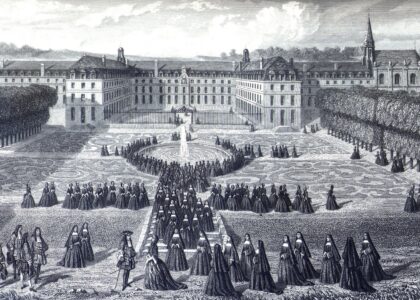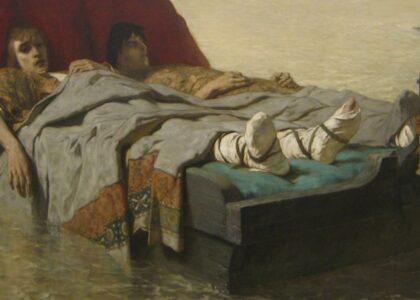Welcome to the Stoddard Monument, a historical landmark nestled in the heart of California’s Cajon Pass. This monument stands as a tribute to the pioneers who braved the harsh landscapes of the American West in the mid-19th century. Established in 1912 by Sheldon Stoddard and Sydney P. Waite, the monument marks the significant point where these pioneers crossed the Cajon Pass in 1851.
The pass itself has been a critical route for centuries, initially used by the indigenous Serrano people, who lived in nearby villages such as Atongaibit. With the arrival of European settlers, it became a pivotal part of the trails that connected different parts of the burgeoning United States. Specifically, the Old Spanish Trail and the Mohave Trail converged here, making it a vital trade route between the Mojave Desert and the lush lands of the Los Angeles Basin.
Sheldon Stoddard and Sydney P. Waite, along with a group known as the ‘Death Valley ’49ers’, made their way through this pass after surviving a grueling detour through Death Valley in 1849. Their journey is a testament to the determination and resilience of those seeking new opportunities in the West.
In 1912, the Pioneer Society of San Bernardino, which included notable members such as John Brown Jr. and George M. Cooley, erected this monument to honor these early travelers. The dedication ceremony took place on May 18, 1913, drawing attention to the rich history embedded in the region. Over the years, the monument has been rededicated, most recently in 2013, to commemorate its 100-year anniversary.
Today, the Stoddard Monument serves not only as a historical marker but also as a reminder of the relentless spirit of exploration that characterized the westward expansion of the United States. As you stand here, imagine the countless stories of hardship and hope that this land has witnessed.





